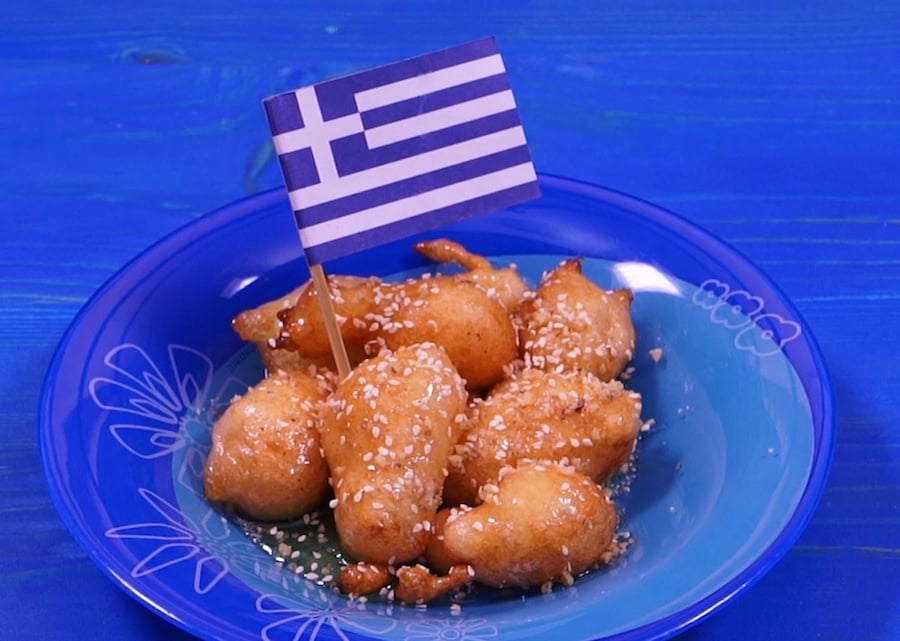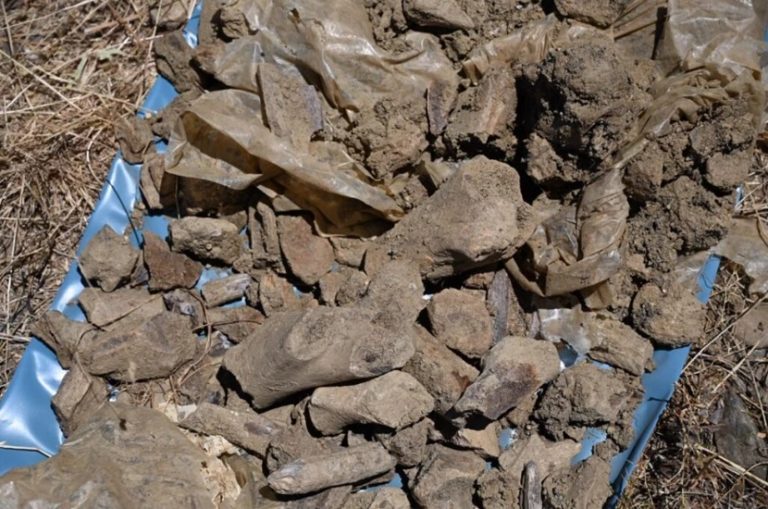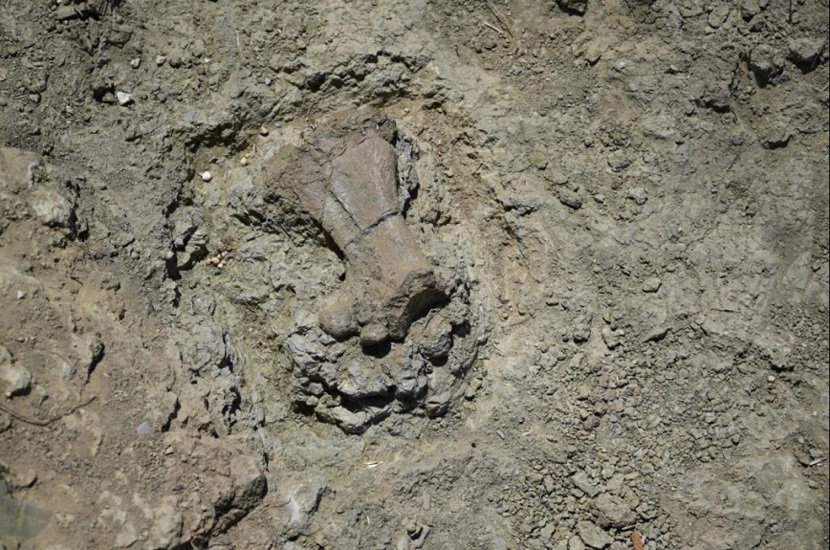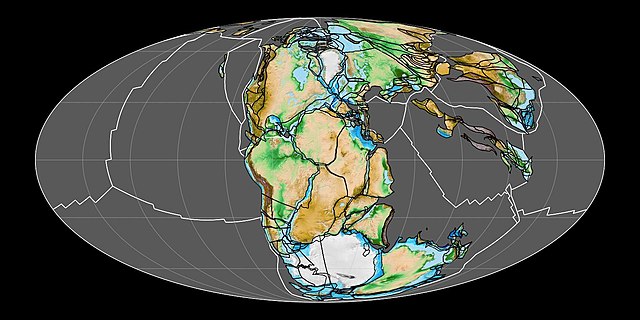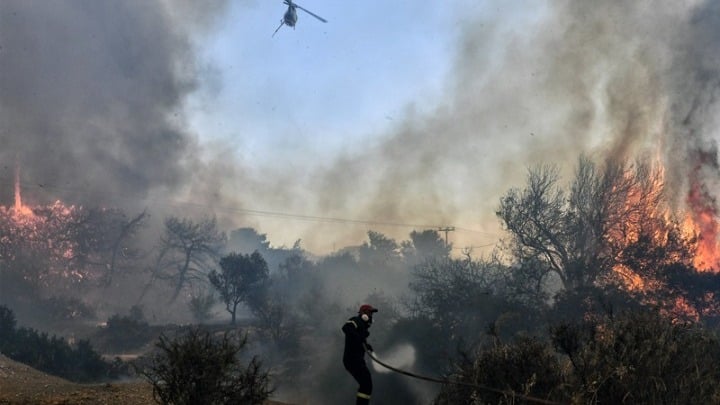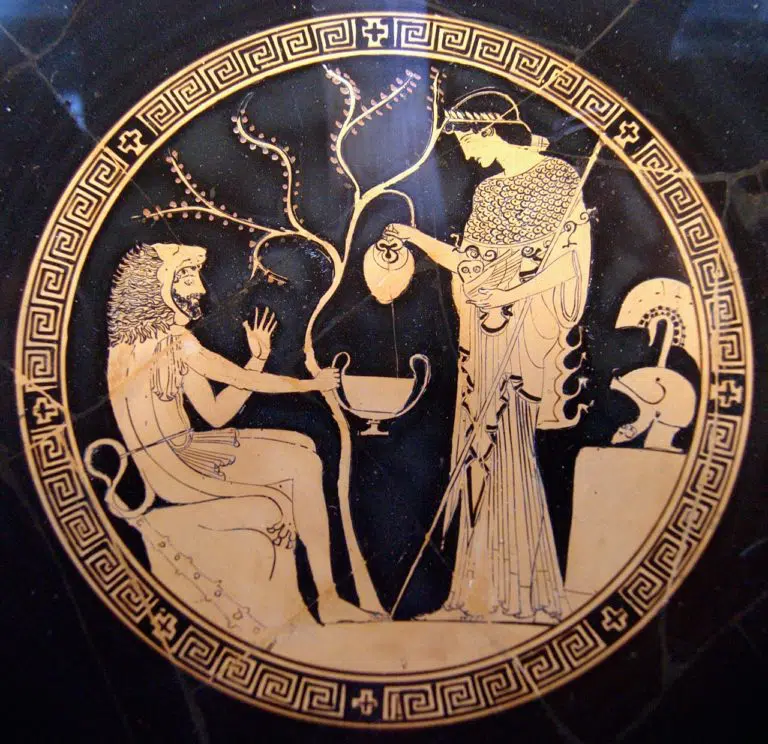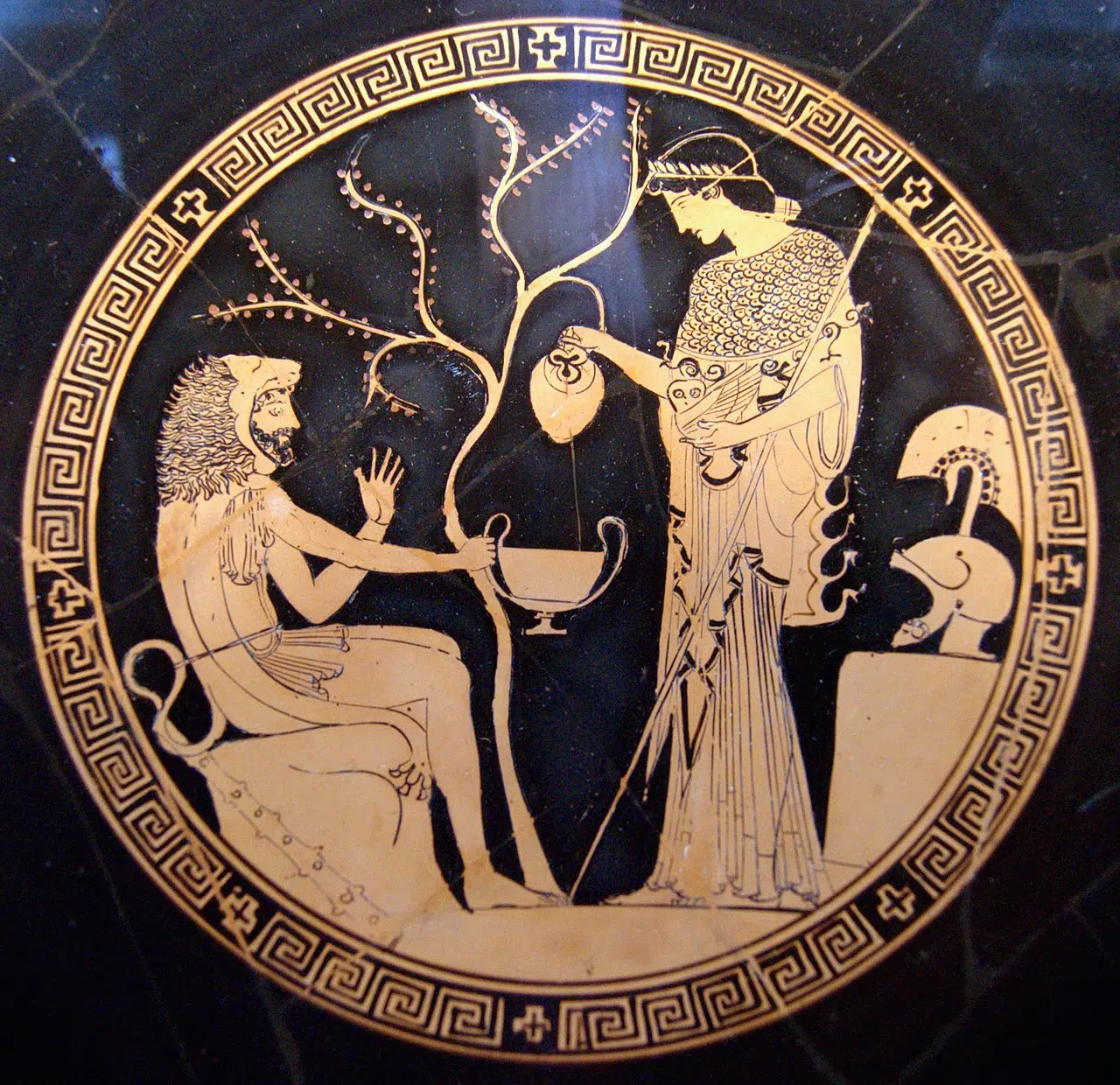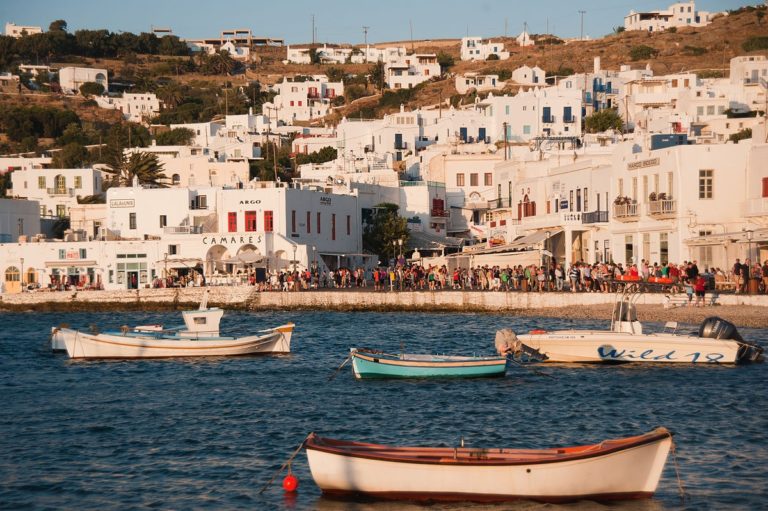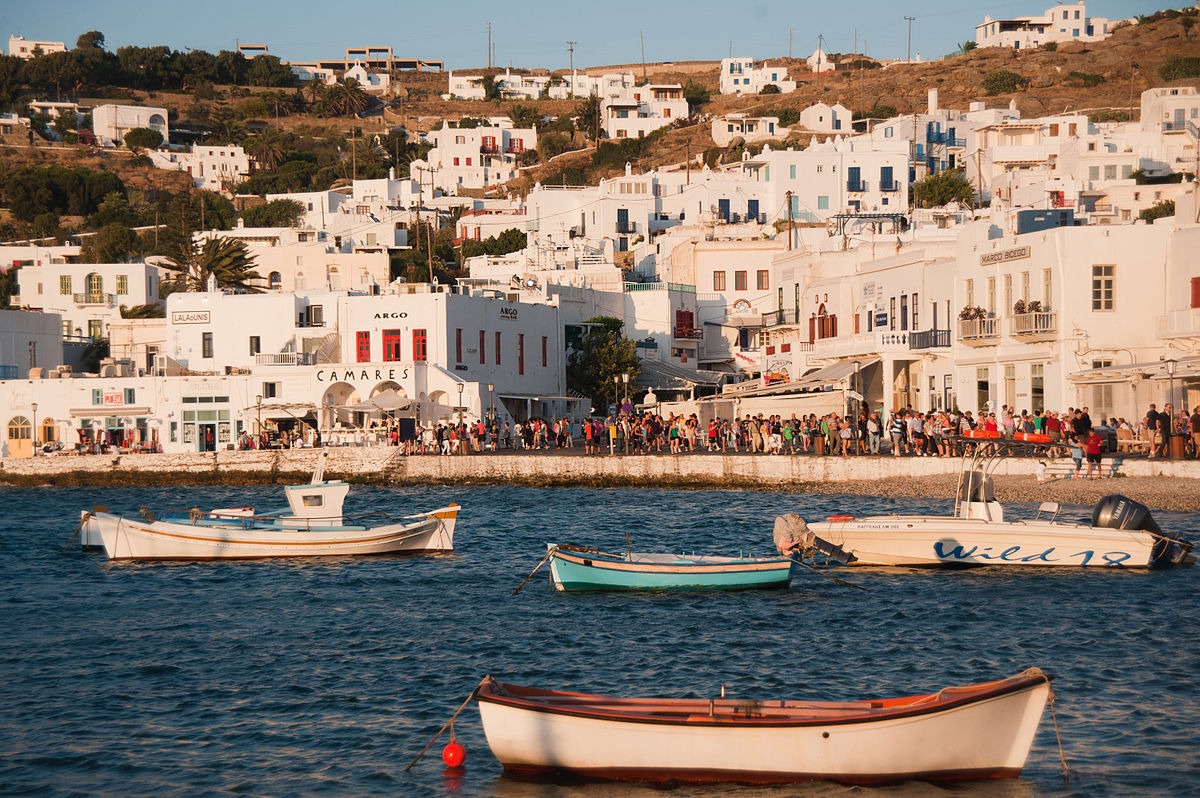
Blue whales, the largest animals to have ever lived on Earth (including dinosaurs) were on the brink of extinction a few decades ago.
The species had been a huge target for whalers hunting their valuable blubber, especially during the early 1900s following the invention of mechanized harpoons and fast-traveling factory ships.
In the 1930–31 season alone, 30,000 blue whales perished, according to the International Whaling Commission (IWC).
In response to this mass slaughter, the IWC banned the hunting of blue whales in 1966. Under increased protection, the species that had nearly disappeared has been steadily recovering over the past few decades.
Blue Whales: Return of the Giants (2023) is a new documentary taking a deep dive into this remarkable story of survival and rebuilding, now on view daily in 2D at the American Museum of Natural History.
Andy Serkis narrates the trailer for Blue Whales: Return of the Giants, a documentary that details the inspirational story of the world’s biggest animals and their journey to recovery.
The film follows two scientific expeditions: one is a high-risk mission in search of a missing population of blue whales that haven’t been seen in 50 years; and the other joins Diane Gendron, aka the “Blue Whale Whisperer,” and her team as they eavesdrop on whale conversations and explore the role the animals play in the health of Earth’s oceans.
Director and producer Hugh Pearson’s “lifelong passion for blue whales that borders on obsession” is what pushed him to bring this hopeful story to life.
The number of blue whales slowly increase
“The ongoing recovery of the blue whales from the brink of extinction is such a good news story,” Pearson said.
“Just 40 years ago, scientists genuinely feared that we had driven the largest animal ever to have lived to total extinction. It’s estimated that only a few thousand individuals survived from a global population of 300,000, but fortunately, that proved enough.”
He explained that blue whale numbers are slowly increasing, and the global population is estimated to be about 15,000 — a tiny fraction of their historic numbers, though they’re increasing every year.
“In places such as off the Pacific coast of Mexico and California, the population has recovered to pre-whaling numbers,” the director continued. “And now it’s possible for people to see blue whales on whale-watching trips from shore, which is fantastic.”
Serkis narrates the documentary and explained that he finds Blue Whales: Return of the Giants to be “incredibly uplifting and powerful.” The award-winning actor also shared that the whales “inspire us to have hope” and is surprised more isn’t known about them.
“Everyone assumes that because blue whales are the largest mammals on the planet, we should know a lot about them, but in fact, that’s not the case,” he said in a statement.
“Learning what scientists are trying to do, to understand their behaviors, has been a real education for me. We need to find out more about creatures like these because they inspire us to have hope. The film is a wonderful marriage of storytelling, fact-giving and entertainment.”










